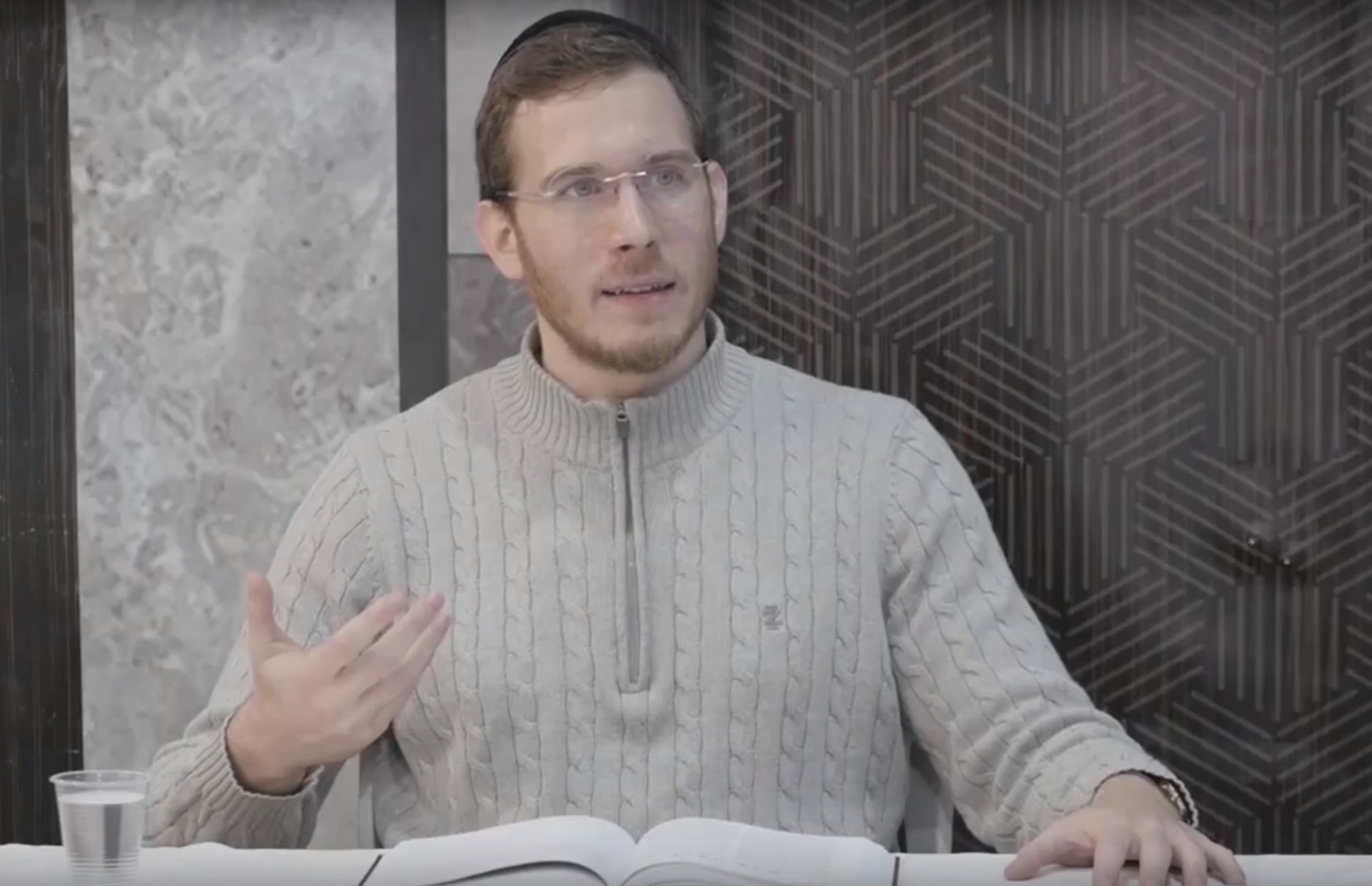The story of the Brooklyn Bridge
The story we present now is both tragic and inspiring at the same time
In the year 1883 an engineer named John Roebling had a novel and amazing idea. He wanted to build a bridge which would connect New York to Long Island.
Experts on bridges expressed their learned opinions, stating that “the idea is absolutely absurd! It's impossible to build such a bridge!” Many of them tried to dissuade Roebling from developing his revolutionary idea. They warned him that the idea was impossible to implement and illogical, since such a project had never been attempted before. Roebling listened to all the opinions of his bridge-building colleagues. He investigated all their arguments as they were presented to him and admitted that there was some truth to their words, but did not want to abandon his idea, which seemed to him to be feasible. “There will be a need to find solutions to many different problems” he said, “and it won't be easy, but it is possible!”.
After endless debates and discussion, he succeeded in persuading his son, Washington Roebling, who was a novice engineer, that the idea of building a bridge could be feasibly achieved.
They began working together and while working the son became more convinced that all the obstacles could be overcome and the “absurd” bridge could be built.
The project advanced very well as they managed to overcome various obstacles with creative solutions.
A few months after the work began there was a tragic accident which caused the death if John Roebling. His son was very seriously injured; he survived but remained a cripple and could not walk or even talk.
People shook their heads as if to say- “We told you, crazy people…”
It was clear to everyone that the project would be scuttled since Washington Roebling was the only one who knew how to build such a bridge and he, as mentioned, was a cripple unable to produce a word from his mouth.
To the amazement and consternation of those around him, it became apparent that Washington had not yet given up on building the bridge!
Despite the fact that his body was not functioning, his mind was razor-sharp as before. He wished to transmit his enthusiasm and knowledge to others, but how could he do this if he had no way of speaking to them?
It was hopeless. Almost.
One day, when he was sitting as usual in his bed in the hospital, he felt the warm rays of the sun caressing his face. A light fresh breeze blew through the window and brushed the curtain aside. For a moment he could see the blue skies and the high treetops.
A shudder passed through him. He felt that there was some encouraging message for him in this – Don't give up!
He tried really hard not to give up, but what could he do?
One act he could perform despite his disability- he could move the finger of his hand. By moving a finger one cannot of course build a bridge, especially not an innovative bridge which the best of bridge experts do not know how to build.
Washington decided that he would do the maximum in his power even if it wasn't very much. After much deep thought, he developed a method of communication between him and his wife by touching his finger in various different ways. In this way Washington hinted to his wife that she should renew contact with the engineers and transmit his directives to them.
It sounded absurd and unbelievable, but the project was rejuvenated!
With patience of steel, day by day, year by year, Washington tapped with his finger on his wife's hand and thus transmitted directions and instructions on how to build the complicated bridge.
After thirteen years (!) the bridge was successfully completed….
Summary: We should not lose our ambition and our vision.
Reality is not always easy or comfortable. Sometimes we face grave difficulties which appear insurmountable, but with a change of mindset and with enough creativity – and of course, with G-d's help – a person can do the unbelievable.
Let's begin to swim with life's challenges, change our paradigms, devote ourselves to what is needed without being lazy or despairing.
(Some parts of this chapter are based on the bestselling book “7 Habits of Highly Effective People” by Steven Covey).
It's time for action….
It's worth the effort..
A man asked his friend: “Tell me, what does your wife do when you annoy her?”
“She begins to complain about every little thing”, the friend answered.
“And what does she do when you annoy her even more?”
The friend frowned: “Don't ask, she doesn't speak to me for a few days”.
“Nu” said the first one, “Wasn't it worth the bother?!”
You want to obtain something?
For example, to improve your marriage…or maybe to strengthen your affiliation to G-d!
It's good that you want to.
What's the next stage in achieving that desire and turning it into something real?
Now is the time to take apart that desire and split it into small practical pieces.
One needs to create a clear and itemized plan. This can be done by providing answers to the questions: When do I start? How do I intend to do this? How much time, effort and thought do I intend to invest in this?
If there's a plan, then let's get down to work!
Firstly, one's progress will manifest itself in small steps. These steps will require effort, but it is worthwhile when one wants to achieve one's goal.
Many people know what they want but not many are willing to pay the price. People expect that both the destination and the way to attain it will be easy and desirable, but this of course is not always the case. The path can be hard and grueling and may include trials and concessions.
For this reason many people give up and despair at the first difficulty. Moreover some people will despair even before the first difficulty…
For this reason one should behave according to the rule “The heart is drawn after the actions” – even if one doesn't yet feel an inner enthusiasm, it is preferable and even advisable to act first and then the “heart” will follow.
Summary
· A person must identify and set for himself the necessary goals: I want to lose weight, I want to succeed in my studies, I want to progress in my work.
· Afterwards he will ask the right questions: What steps should I take to achieve this?
· Then he should begin to move! To act and pursue his goal.
· It is very important not to despair even if there is no immediate progress. One must continue moving forward! The joy will come with the sense of satisfaction derived from the continued work and moving forward.





